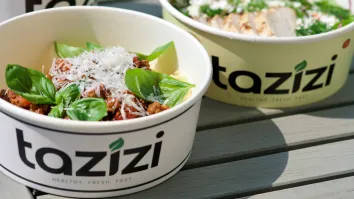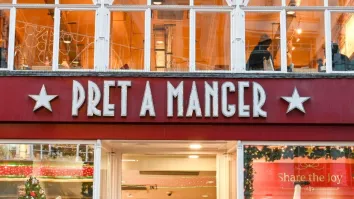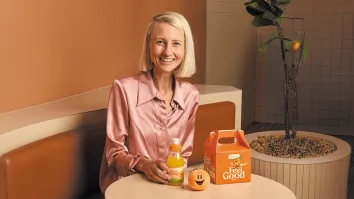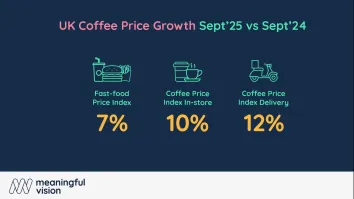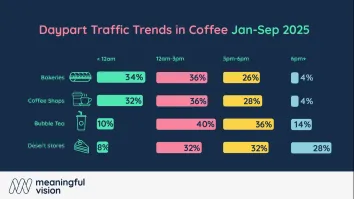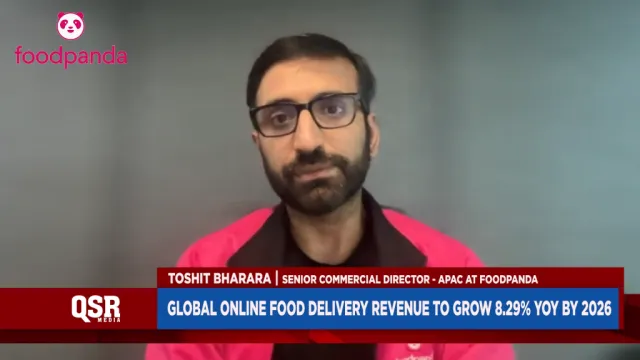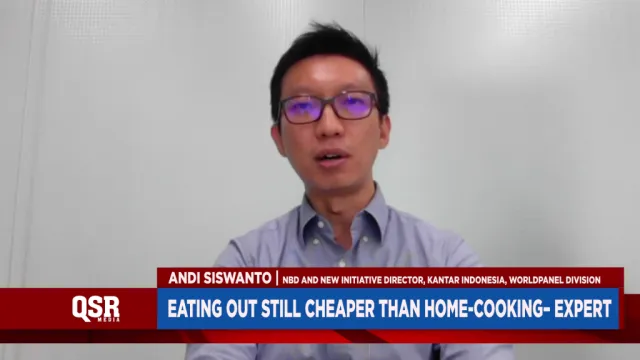
Why discounting alone won’t drive QSR growth
Digital and app baed technologyies that enable up-sell and cross-sell have become critical
As inflation continues to squeeze household budgets, QSR brands are leaning on competitive price points to keep foot traffic steady. But industry experts warn that relying on discounts alone is a short-term fix.
In a quick Q&A ahead of her appearance at the QSR Media UK Redcat Conference & Awards 2025, Rosalind Hunter, partner at Simon-Kucher, also advised that to be able to better pivot in the current economic climate, brands must ensure that scenario planning becomes the norm and have a best- and worst-case mindset when creating strategies.
QSR Media: As a thought leader in the QSR space, what do you see as the most significant shifts happening in the industry right now?
Hunter: An increasing transition from focusing on individual transactions to a long-term view centred on maximising CLTV (Customer Lifetime Value). Whilst certainly not a new topic area, players are doubling down on capturing, understanding, and working to optimise that metric more effectively. That comes hand in hand with avoiding short-term, high-value transaction thinking, as that can sacrifice longer-term value.
More serious consideration of different purchase channels and developing out price and product strategies fit for purpose in each channel. In line with that, we see an increasing desire to drive customers to brand-owned apps to secure data ownership, enhance loyalty, and increase customer lifetime value (CLTV).
What do you think are the most important innovations in the industry right now?
Increasing use of targeted communications and personalised offers to engage customers more effectively. This is not just about remembering what people like to order, but also suggesting relevant add-ons to the basket based on the time of day or week, and only showing them promotions that matter to them.
Increased digital and app-based technologies that enable up-sell and cross-sell opportunities have become critical as brands attract traffic with low entry price points and seek to grow average transaction value. This also includes digital menus, which reduce the lead time that brands need to finalise things such as pricing and offers and roll out quickly across many stores.
What challenges do you see as an immediate priority for the QSR industry?
Managing ongoing inflationary pressures: QSR brands must continue leveraging attractive price points to drive traffic whilst finding innovative ways to protect margins. In the same vein, brands need to understand that price alone is not enough and cannot carry all the growth. The product needs to hold up in value, and the sales dialogue needs to make it easy for customers to find what they want at any point in time. Not only that, but the digital sales dialogue needs to equal, if not outperform, the encouragement to try products that you would have in-store
It's easy for companies to double down on their bestsellers when times are tough, but we’ve seen this lead to commoditisation across brands, which hits demand. Innovative and exciting products which generate footfall through novelty and excitement will be key—cash-strapped customers are less willing to simply outsource their meals, they want something new.
Optimising media budgets: With constrained spend, brands must be highly selective and data-driven in how they invest to maintain top-of-mind awareness and maximise CLTV.
Commitment to a strategy: brands, of course, need to make tactical adjustments along the way, but when cost or other external pressures kick in, brands are inclined to have a knee-jerk reaction and want to do things like take price or change the promo while abandoning the underlying principles of their strategy. It not only confuses the customer but can also erode brand perception
An understanding that competition is coming in an increasing number of directions, other QSR players, aggregators, and grocery.
Looking forward, what trends or advancements do you believe will define the future of the QSR industry, and how are you preparing to support these changes?
The continued growth of digital ordering channels, including online and app-based platforms. Also, the integrated thinking and planning of different channels; customer fluidity across channels means that it is more important than ever to be consistent in quality across channels; brands tend to get one or two right, but not all.
Moreover, enhanced personalisation of rewards, promotions, and sales messaging to deepen engagement. Menu innovation aligned with evolving consumer preferences, such as sustainable or health-forward options. That, paired with the ability to rationalise products that no longer serve growth objectives.
What advice would you leave QSR brand leaders to navigate the current economic climate?
Ensure scenario planning becomes the norm; have a best- and worst-case mindset when developing strategies in order to be able to better pivot. In that vein, assume inflationary impacts will not wind down anytime soon. Consider the impact on your value proposition with that in mind.
Hear more from Rosalind Hunter, partner at Simon-Kucher, at the upcoming QSR Media UK Redcat Conference & Awards 2025.



